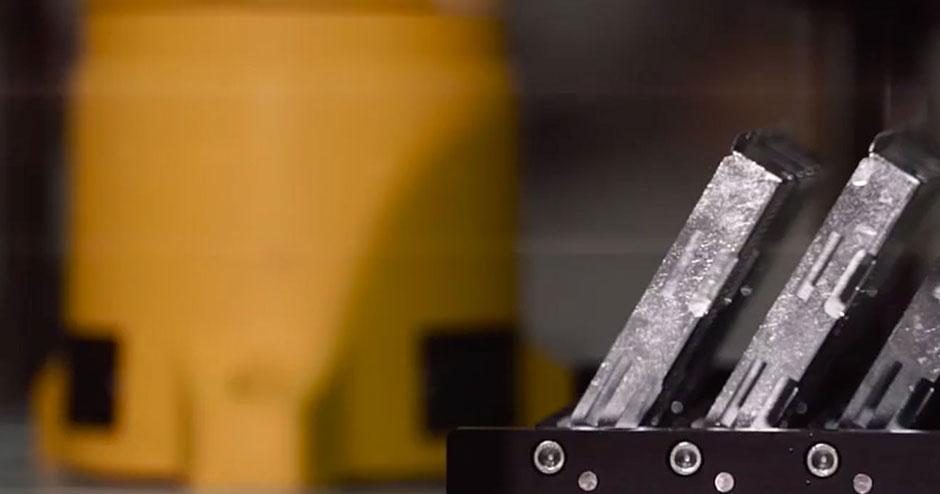I'm sure that many have already seen this, but check out the laser cut props from H&M:
H&MProp.jpg H&M_Prop_2.JPG
I guess we won't have to deal with cast props in the future as technology moves forward.
H&MProp.jpg H&M_Prop_2.JPG
I guess we won't have to deal with cast props in the future as technology moves forward.




 =>
=>
Comment